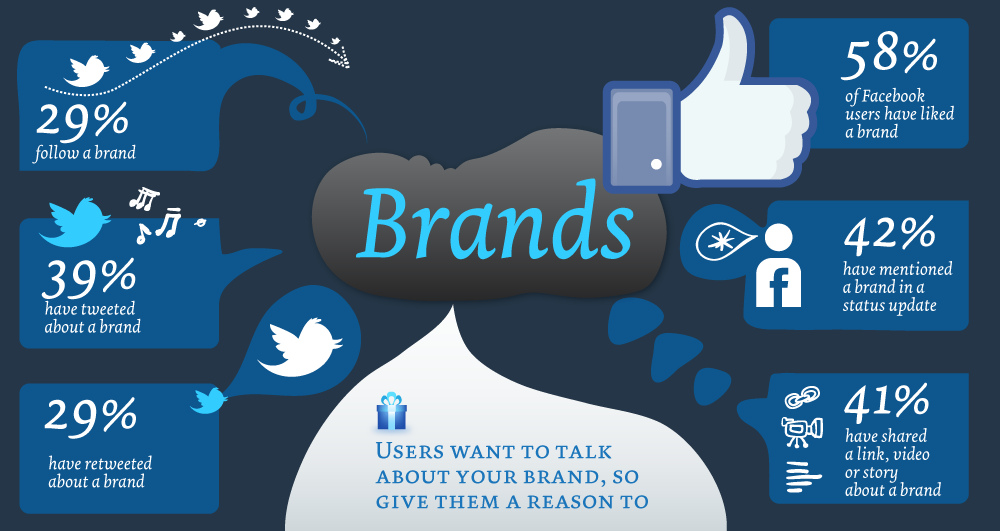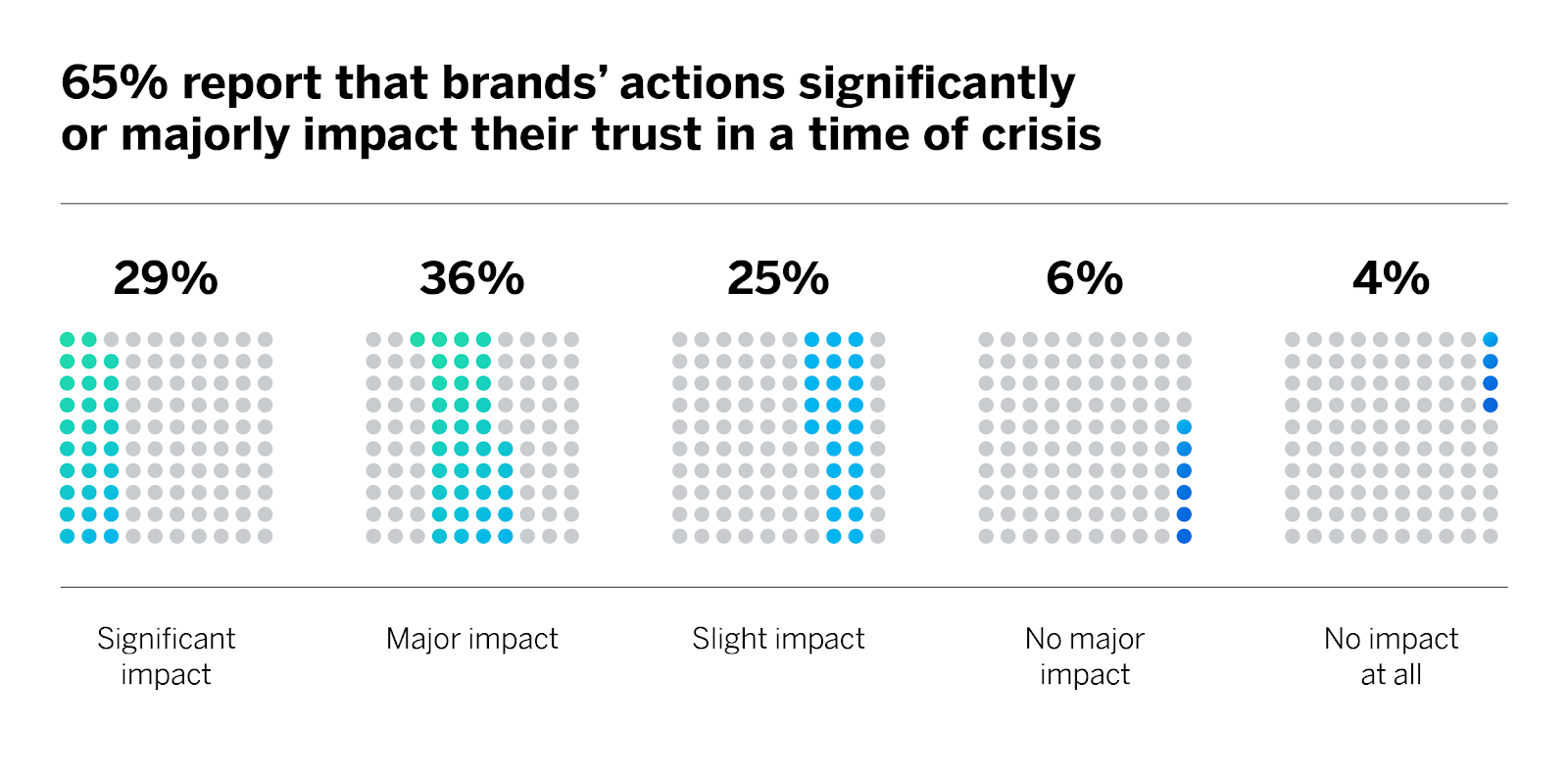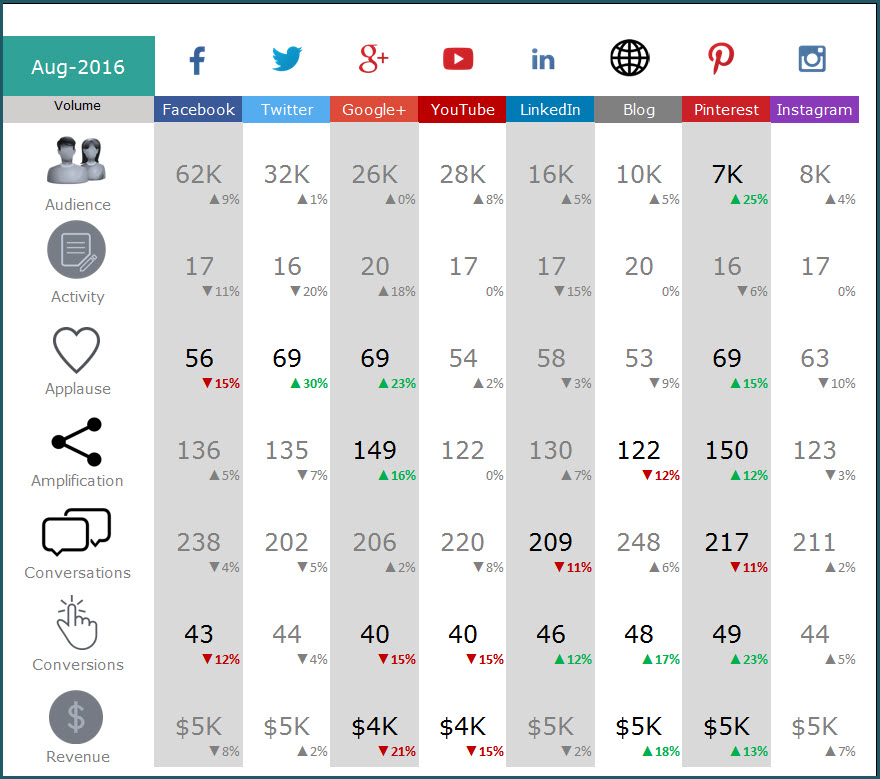Setting the Foundation: Defining Your Social Media Goals
Establishing clear social media objectives is crucial for building a loyal online community. To create a solid foundation for your social media strategy, it’s essential to define what you want to achieve through your online presence. This involves identifying specific, measurable, achievable, relevant, and time-bound (SMART) goals that align with your overall business objectives.
When defining your social media goals, consider the following key performance indicators (KPIs): increasing brand awareness, generating leads, driving website traffic, and boosting sales. For instance, if your goal is to increase brand awareness, you may aim to grow your social media following by 20% within the next six months.
To set realistic goals, conduct a social media audit to assess your current online presence. This involves analyzing your existing social media accounts, content, and engagement metrics. Identify areas for improvement, such as inconsistent branding, low engagement rates, or inadequate content quality.
By understanding your strengths and weaknesses, you can develop a tailored strategy to address these gaps and achieve your social media goals. For example, if your audit reveals that your Twitter account has low engagement rates, you may focus on creating more engaging content, such as videos or infographics, to boost interactions.
Defining your social media goals is a critical step in building a loyal online community. By establishing clear objectives and conducting a social media audit, you can create a solid foundation for your social media strategy and set yourself up for long-term success. Remember, building a strong online presence takes time and effort, but with a well-planned strategy, you can attract and retain a loyal following.
When it comes to building a social media following, it’s essential to have a clear understanding of what you want to achieve. By setting specific, measurable, and achievable goals, you can create a roadmap for success and ensure that your social media efforts are aligned with your overall business objectives. Whether you’re looking to increase brand awareness, generate leads, or drive website traffic, a well-defined social media strategy is crucial for achieving your goals and building a loyal online community.
Understanding Your Target Audience: Crafting a Compelling Content Strategy
To build a loyal online community, it’s essential to understand your ideal audience, including their demographics, interests, and pain points. Creating buyer personas is a crucial step in developing a content strategy that resonates with your target audience. A buyer persona is a semi-fictional representation of your ideal customer, including their goals, challenges, and behaviors.
When creating buyer personas, consider the following factors: age, location, job title, interests, and pain points. For example, if your business sells outdoor gear, your buyer persona may be an avid hiker named Alex, who is 35 years old, lives in Colorado, and is passionate about exploring new trails. Alex’s pain points may include finding high-quality gear that can withstand harsh weather conditions and staying up-to-date with the latest outdoor trends.
Once you have created your buyer personas, you can develop a content calendar that speaks to their interests and needs. A content calendar is a plan for creating and publishing content across all your social media platforms. It should include a mix of promotional, educational, and engaging content that sparks conversations and encourages sharing.
For example, if your buyer persona is Alex, your content calendar may include blog posts about the latest hiking trends, videos showcasing new outdoor gear, and social media posts highlighting customer testimonials. By creating content that resonates with your target audience, you can attract and retain a loyal following and build a strong online community.
Another key aspect of understanding your target audience is social listening. Social listening involves monitoring social media conversations related to your brand, competitors, and industry. By listening to these conversations, you can gain valuable insights into your target audience’s interests, needs, and pain points.
For instance, if you notice that your target audience is discussing the importance of sustainability in outdoor gear, you can create content that addresses this topic and showcases your brand’s commitment to sustainability. By doing so, you can demonstrate your brand’s values and build trust with your target audience.
By understanding your target audience and creating a content strategy that resonates with them, you can build a loyal online community and attract new followers. Remember, building a strong online presence takes time and effort, but with a well-planned strategy, you can create a loyal following and drive business growth.
Building a Strong Brand Identity: Visual Storytelling and Consistency
A strong brand identity is crucial for building a loyal online community. Developing a distinct brand voice, tone, and visual aesthetic across all social media platforms is essential for creating a consistent and recognizable brand image. Consistency in branding helps to build trust and credibility with your target audience, making it more likely for them to engage with your content and become loyal followers.
Visual storytelling is a powerful way to communicate your brand’s message and values. Using high-quality images, videos, and graphics can help to convey your brand’s personality and tone, making it more relatable and memorable to your target audience. For example, if your brand is a fashion retailer, you may use visually appealing images of your products to showcase your brand’s style and aesthetic.
Consistency in branding also extends to your brand’s voice and tone. Using a consistent tone of voice across all your social media platforms helps to create a cohesive brand image and makes it easier for your target audience to recognize and engage with your brand. For instance, if your brand is a humorous and lighthearted brand, you may use a playful tone of voice in your social media posts to reflect this.
Successful brand storytelling involves creating a narrative that resonates with your target audience. This can be achieved by sharing behind-the-scenes content, showcasing your brand’s values and mission, and highlighting customer testimonials. For example, if your brand is a sustainable fashion brand, you may share content that highlights your brand’s commitment to sustainability and showcases your eco-friendly products.
Examples of successful brand storytelling include Coca-Cola’s “Share a Coke” campaign, which used personalized bottles to create a sense of ownership and connection with customers, and Dove’s “Real Beauty” campaign, which challenged traditional beauty standards and created a sense of empowerment among women.
By developing a strong brand identity and using visual storytelling and consistency, you can create a loyal online community and build a recognizable brand image. Remember, building a strong brand takes time and effort, but with a well-planned strategy, you can create a loyal following and drive business growth.
When it comes to building a social media following, having a strong brand identity is crucial. By developing a distinct brand voice, tone, and visual aesthetic, you can create a consistent and recognizable brand image that resonates with your target audience. This, in turn, can help to build trust and credibility with your audience, making it more likely for them to engage with your content and become loyal followers.
Content Creation and Curation: Tips for Engaging Your Audience
Creating high-quality, engaging content is crucial for building a loyal online community. Content creation involves developing a content strategy that resonates with your target audience, while content curation involves finding and sharing relevant content from other sources. By combining these two approaches, you can create a content mix that sparks conversations and encourages sharing.
When creating content, consider the following tips: focus on quality over quantity, use attention-grabbing headlines and visuals, and optimize for mobile devices. For example, if you’re creating a video, use high-quality visuals and audio, and make sure it’s optimized for mobile devices. This will help to ensure that your content is engaging and accessible to your target audience.
Content curation involves finding and sharing relevant content from other sources. This can help to add variety to your content mix and provide value to your audience. When curating content, consider the following tips: use reputable sources, add your own insights and commentary, and use eye-catching visuals. For example, if you’re curating an article, add your own insights and commentary to make it more engaging and relevant to your audience.
Successful content formats include videos, podcasts, and infographics. Videos are a great way to tell stories and showcase products, while podcasts are ideal for sharing expert insights and interviews. Infographics are a great way to visualize data and make complex information more accessible. For example, if you’re creating a video, use a mix of visuals and audio to tell a story and showcase your product.
Examples of successful content creation and curation include Coca-Cola’s “Share a Coke” campaign, which used personalized bottles to create a sense of ownership and connection with customers, and Red Bull’s “Stratos Jump” campaign, which used a combination of video and social media to create a thrilling and engaging experience.
By creating high-quality, engaging content and curating relevant content from other sources, you can build a loyal online community and drive business growth. Remember, building a strong online presence takes time and effort, but with a well-planned content strategy, you can create a loyal following and drive business growth.
When it comes to building a social media following, creating high-quality, engaging content is crucial. By focusing on quality over quantity, using attention-grabbing headlines and visuals, and optimizing for mobile devices, you can create a content mix that sparks conversations and encourages sharing. This, in turn, can help to build a loyal online community and drive business growth.
Engagement and Community Building: Fostering Meaningful Relationships
Engagement and community building are crucial for building a loyal online community. Actively engaging with your audience, including responding to comments, answering questions, and using social listening, can help to foster meaningful relationships and build trust with your target audience.
Responding to comments and messages in a timely and personalized manner can help to show your audience that you value their feedback and care about their concerns. For example, if a customer comments on one of your social media posts, respond with a personalized message that addresses their comment and shows appreciation for their engagement.
Using social listening can also help to identify opportunities to engage with your audience and build meaningful relationships. Social listening involves monitoring social media conversations related to your brand, competitors, and industry, and responding to relevant conversations in a timely and personalized manner.
Hosting giveaways, contests, and webinars can also help to build a loyal community and foster meaningful relationships with your target audience. These types of events can help to create a sense of excitement and engagement around your brand, and provide opportunities for your audience to interact with your brand in a more meaningful way.
For example, hosting a giveaway on social media can help to create a sense of excitement and engagement around your brand, and provide an opportunity for your audience to interact with your brand in a more meaningful way. Similarly, hosting a webinar can provide an opportunity for your audience to learn more about your brand and interact with your brand in a more meaningful way.
By actively engaging with your audience and building meaningful relationships, you can build a loyal online community and drive business growth. Remember, building a strong online presence takes time and effort, but with a well-planned engagement and community building strategy, you can create a loyal following and drive business growth.
When it comes to building a social media following, engagement and community building are crucial. By responding to comments and messages, using social listening, and hosting events such as giveaways, contests, and webinars, you can foster meaningful relationships with your target audience and build a loyal online community. This, in turn, can help to drive business growth and increase brand awareness.
Measuring Success: Tracking Key Performance Indicators (KPIs) and Analytics
Measuring the success of your social media strategy is crucial for understanding what’s working and what’s not. By tracking key performance indicators (KPIs) and analytics, you can gain valuable insights into your audience’s behavior and adjust your strategy accordingly.
Some common social media metrics to track include engagement rates, follower growth, and website traffic. Engagement rates can help you understand how well your content is resonating with your audience, while follower growth can help you understand how well your brand is growing. Website traffic can help you understand how well your social media strategy is driving traffic to your website.
Using social media analytics tools can help you track these metrics and gain a deeper understanding of your audience’s behavior. These tools can provide insights into your audience’s demographics, interests, and behaviors, as well as help you identify trends and patterns in your data.
For example, if you’re using a social media analytics tool to track your engagement rates, you may notice that your engagement rates are higher on certain days of the week or at certain times of the day. This can help you understand when your audience is most active and engaged, and adjust your content strategy accordingly.
Another example is using social media analytics tools to track your follower growth. By monitoring your follower growth over time, you can understand how well your brand is growing and identify areas for improvement. For example, if you notice that your follower growth is slowing down, you may need to adjust your content strategy or engage in more outreach efforts to attract new followers.
By tracking KPIs and analytics, you can gain a deeper understanding of your audience’s behavior and adjust your social media strategy to drive more engagement, growth, and website traffic. This, in turn, can help you build a loyal online community and drive business growth.
When it comes to building a social media following, measuring success is crucial. By tracking KPIs and analytics, you can gain valuable insights into your audience’s behavior and adjust your strategy to drive more engagement, growth, and website traffic. This can help you build a loyal online community and drive business growth.
Collaborations and Influencer Partnerships: Expanding Your Reach
Collaborating with influencers, other brands, and industry thought leaders can help expand your reach and build a loyal online community. By partnering with influencers who align with your brand values and target audience, you can tap into their existing audience and build credibility with your target market.
When selecting influencers to partner with, consider the following factors: relevance, reach, and engagement. Relevance refers to how well the influencer’s content aligns with your brand values and target audience. Reach refers to the size of the influencer’s audience, while engagement refers to how well the influencer’s content resonates with their audience.
For example, if you’re a fashion brand, you may partner with an influencer who has a large following in the fashion industry and creates content that aligns with your brand values. By partnering with this influencer, you can tap into their existing audience and build credibility with your target market.
Another example is partnering with other brands or industry thought leaders. By collaborating with other brands or industry thought leaders, you can build relationships and expand your reach. For example, if you’re a tech company, you may partner with a complementary brand to create a joint product or service.
When partnering with influencers or other brands, consider the following tips: clearly define the partnership goals and objectives, establish a content calendar, and track the partnership’s performance using social media analytics tools. By following these tips, you can ensure a successful partnership that expands your reach and builds a loyal online community.
By collaborating with influencers, other brands, and industry thought leaders, you can expand your reach and build a loyal online community. Remember, building a strong online presence takes time and effort, but with a well-planned partnership strategy, you can tap into new audiences and build credibility with your target market.
When it comes to building a social media following, collaborations and influencer partnerships can be a powerful way to expand your reach and build a loyal online community. By partnering with influencers who align with your brand values and target audience, you can tap into their existing audience and build credibility with your target market.
Adapting to Algorithm Changes: Staying Ahead of the Curve
Staying up-to-date with the latest social media algorithm changes is crucial for ensuring continued growth and engagement. Social media algorithms are constantly evolving, and it’s essential to adapt your strategy to stay ahead of the curve.
One way to stay ahead of the curve is to diversify your social media presence. By having a presence on multiple social media platforms, you can reduce your reliance on any one platform and ensure that your content is seen by a wider audience.
Another way to stay ahead of the curve is to be prepared for future changes. This can involve staying up-to-date with the latest social media trends and best practices, as well as being prepared to adjust your strategy as needed.
For example, if you’re a business that relies heavily on Facebook, you may want to consider diversifying your social media presence by also having a presence on Instagram, Twitter, and LinkedIn. This can help you reach a wider audience and reduce your reliance on any one platform.
Additionally, you can stay ahead of the curve by using social media analytics tools to track your performance and adjust your strategy accordingly. By monitoring your engagement rates, follower growth, and website traffic, you can identify areas for improvement and make data-driven decisions to optimize your social media strategy.
By adapting to algorithm changes and staying ahead of the curve, you can ensure continued growth and engagement on social media. Remember, building a strong online presence takes time and effort, but with a well-planned strategy, you can stay ahead of the curve and achieve your social media goals.
When it comes to building a social media following, adapting to algorithm changes is crucial. By diversifying your social media presence, being prepared for future changes, and using social media analytics tools, you can stay ahead of the curve and ensure continued growth and engagement.







